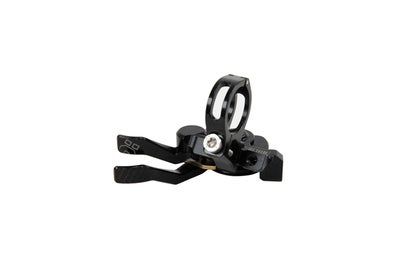MOUNTAIN BIKE FRONT FORKS
-
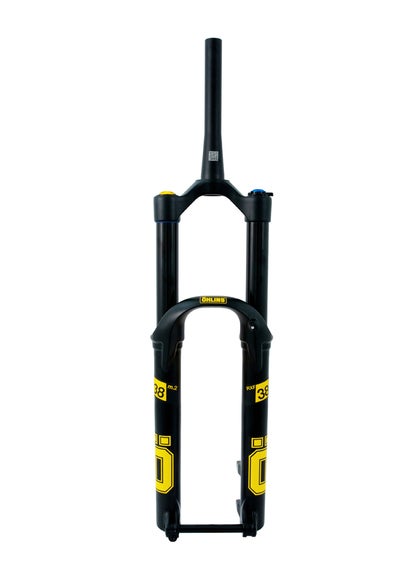 RXF38 m.2 Front Fork Mountain BikeFront Forks
RXF38 m.2 Front Fork Mountain BikeFront Forks -
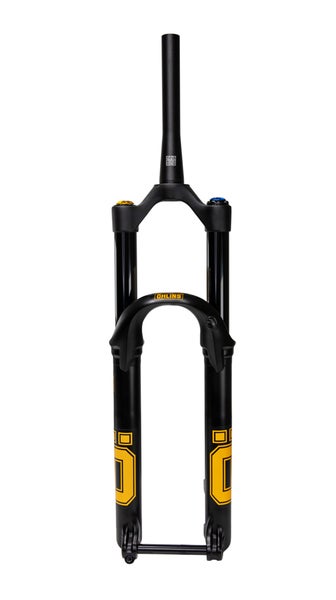 RXF36 m.3 Front Fork Mountain BikeFront Forks
RXF36 m.3 Front Fork Mountain BikeFront Forks -
 RXFDJ m.1 Front Fork Mountain BikeFront Forks
RXFDJ m.1 Front Fork Mountain BikeFront Forks -
 DH38 m.1 Front Fork Mountain BikeFront Forks
DH38 m.1 Front Fork Mountain BikeFront Forks -
 Coil Kits Front Fork Mountain BikeFront Forks
Coil Kits Front Fork Mountain BikeFront Forks -
 Tools Mountain BikeFront Forks
Tools Mountain BikeFront Forks -
 Service kit Mountain BikeFront Forks
Service kit Mountain BikeFront Forks -
 Springs Front Fork Mountain BikeFront Forks
Springs Front Fork Mountain BikeFront Forks -
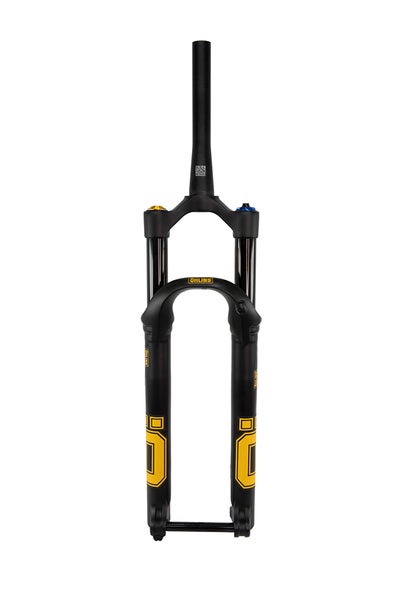 RXC34 m.1 Front Fork Mountain BikeFront Forks
RXC34 m.1 Front Fork Mountain BikeFront Forks -
 RXF36 m.2 Front Fork Mountain BikeFront Forks
RXF36 m.2 Front Fork Mountain BikeFront Forks -
 RXF34 m.2 Front Fork Mountain BikeFront Forks
RXF34 m.2 Front Fork Mountain BikeFront Forks -
 DH Crown Mountain BikeFront Forks
DH Crown Mountain BikeFront Forks
KEY FEATURES OF MOUNTAIN BIKE FRONT SUSPENSION FORKS
TRAVEL LENGTH
Mountain bike forks compress to absorb impacts, and their travel length is measured in millimeters. Longer travel is better for handling big impacts, making it ideal for gravity-focused riding like downhill, where steep descents put extra stress on the fork. Shorter travel is better suited for cross-country (XC) and trail riding, providing a balance between pedaling efficiency and control on varied terrain. The right travel length depends on your riding style, discipline, and total weight, including your gear.
DAMPING, COMPRESSION AND REBOUND
Damping refers to how quickly a mountain bike fork compresses and rebounds. High-performance forks allow independent adjustment of compression and rebound damping for greater control.
Compression Damping: Controls how the fork compresses under load. Higher compression damping absorbs larger impacts but stiffens the fork, while lower damping smooths small bumps but increases the risk of bottoming out. The best forks strike a balance between handling large impacts and smoothing small bumps for optimal control on trails, descents, or jumps. Compression damping includes:
-
Low-Speed Compression (LSC): Controls slow movements, like pedaling or rolling over small terrain, maintaining stability and traction.High-Speed
-
Compression (HSC): Handles sudden impacts like jumps or rocks, preventing bottom-outs and improving stability.
Premium forks often include progressive damping, increasing resistance deeper in the travel to handle extreme impacts and maintain stability.
Rebound Damping: Regulates how quickly the fork returns after compression. Too fast causes bouncing, while too slow can lead to “packing down.” Proper rebound damping ensures grip and balance, optimizing performance for your terrain and riding style.
ADJUSTABILITY AND LOCKOUT FEATURES
Adjustability: Top-tier mountain bike forks offer multiple compression and rebound adjustments, allowing precise tuning for different terrains, riding styles, and preferences. Low-speed and high-speed compression dials, typically located on the fork crown, enable on-the-fly adjustments to match varying conditions during a ride. Rebound settings, found at the bottom of the fork leg, are tuned to the rider’s weight and style and require less frequent adjustment.
Lockout: Lockout is essential for XC bikes, enhancing climbing efficiency on smooth terrain. Remote handlebar lockouts enable quick transitions between active suspension and lockout for mixed-terrain rides. While less critical for trail bikes, a lockout is useful for long climbs or paved sections. Real-time compression adjustments further optimize performance across diverse conditions.
HOW TO CHOOSE THE RIGHT MOUNTAIN BIKE FRONT FORK
AIR FORK VS. COIL FORK: DIFFERENCES AND TRADE-OFFS
Weight: Air forks are significantly lighter than coil forks, making them ideal for XC, trail, and enduro riders focused on maximizing climbing efficiency. Coil forks, which use steel or titanium springs, are heavier but provide better stability and durability for aggressive riding.
Adjustability: Air forks are highly adjustable using a shock pump, allowing riders to fine-tune air pressure and progression with volume spacers for various terrains. Coil forks have limited adjustability, requiring specific springs to match rider weight, but offer consistent performance without constant tuning.
Service Intervals: Air forks require more frequent maintenance to ensure the air seals and internals stay in top condition. Coil forks demand less maintenance, focusing mainly on damper components, as they lack air seals.
Performance: Coil forks excel in small-bump sensitivity and provide a linear, predictable feel, making them ideal for downhill and technical riding. Air forks are versatile, performing well across varied terrains, but may lack the same sensitivity on smaller impacts.
THE BEST MTB FRONT FORKS
NEW DIRT BIKE FORK RXFDJ M.1
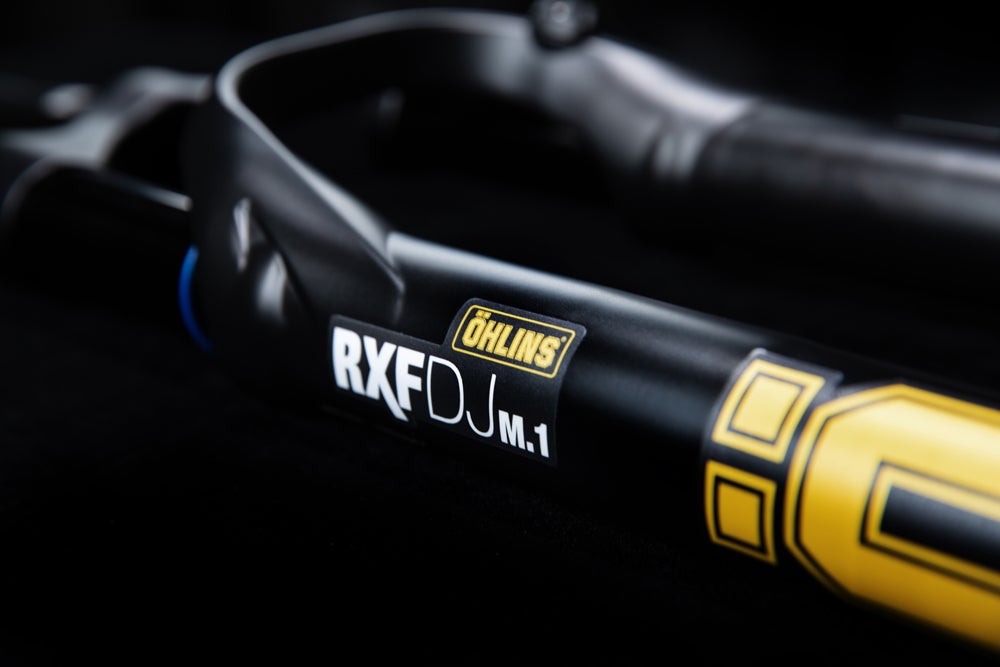

COMPATIBILITY WITH YOUR MTB
When choosing a mountain bike front fork, ensure it’s compatible with your bike’s wheel size (27.5", 29"), steering tube dimensions (straight or tapered), and axle type (15×110 mm Boost or 15×100 mm). Also, verify that the fork is compatible with your brake type (disc brakes, typically post-mount). Ensuring proper fit will save you from costly adjustments or incompatibility issues.
CONSIDER YOUR RIDING STYLE AND TERRAIN
Choose a fork that matches your riding style. For XC and trail, lightweight forks with moderate travel (100-140 mm) provide efficiency. Downhill and enduro require long-travel options (150-180 mm) with advanced damping for rugged terrain. Pump track or jump riders benefit from stiffer, short-travel models (80-120 mm). Matching the fork to your terrain ensures optimal performance and durability.
WEIGHT, MATERIAL, AND DURABILITY
Fork weight and materials directly impact performance and cost. Lightweight forks are ideal for XC but might lack the durability needed for aggressive riding styles. Heavier, more robust forks are better suited for downhill and enduro. Consider the trade-offs—lighter forks enhance climbing and efficiency, while heavier forks provide stability and ruggedness for technical descents. Prioritize durability if your rides involve extreme conditions.
INSTALLATION AND MAINTENANCE OF YOUR MTB FRONT FORK
INSTALLING YOUR MOUNTAIN BIKE FRONT FORK
The installation of Öhlins mountain bike front suspension varies depending on the bike manufacturer. It's important to follow the guidelines in your bike’s owner’s manual when installing the MTB front fork. We recommend having your Öhlins MTB fork fitted by an authorized service center. Incorrect installation can lead to fork failure, which may cause a loss of control and result in serious injury. Ensure the fork is mounted to your frame using the correct hardware.
HOW TO SET UP YOUR ÖHLINS MTB FRONT FORK
In the videos below, we’ll guide you through setting up your Öhlins RXF36 m.2 fork for optimal performance and comfort. You'll learn the initial setup to balance your bike’s front and rear suspension and use click adjustments to fine-tune performance. Start with the recommended settings in the Öhlins owner’s manual and adjust incrementally to understand each dial's effect. Test and fine-tune your suspension on the trails, not in a parking lot. For more details, consult the owner’s manual.
ROUTINE MAINTENANCE AND CARE
Maintenance: Clean dirt and debris from the fork, check air pressure, and set sag after every ride. Also, check the torque on shock mounting bolts regularly.
Service: Regular servicing ensures peak performance and long-term durability. Service intervals vary depending on riding style, conditions, and setup—more aggressive riders may require more frequent maintenance. Follow the recommended intervals in the owner’s manual. The video below provides step-by-step instructions for a 100-hour chassis and air spring service on the Öhlins RXF36 m.2 Air fork. All required parts, tools, and fluids are available at authorized Öhlins dealers or service centers.
FAQS ON MOUNTAIN BIKE FRONT SUSPENSION FORKS
HOW DO I KNOW WHICH REAR SHOCK WILL FIT MY BIKE?
- First, check your bike’s owner's manual to determine the type and size of MTB front fork that is compatible with your bike.
- Next, choose a Öhlins front fork that matches your riding style. Öhlins forks are renowned for their durability and performance-enhancing features. Ensure you select the size that fits your bike.
HOW DOES A FRONT FORK WORK?
Mountain bike front forks typically consist of two stanchions (tubes) that connect to the bike's steerer tube and house the front wheel. The primary function of our forks is to absorb shock from trail obstacles by compressing, thus providing a smoother and more comfortable ride. Öhlins mountain bike suspension forks offer a range of adjustability options to fine-tune performance.
ARE ALL MTB FRONT FORKS THE SAME SIZE?
No, MTB front forks come in various sizes. Öhlins offers a range of models tailored to specific riding styles and needs. For instance, the DH38 m.1 is designed for downhill riding, accommodating 27.5" and 29" wheels and offering up to 200 mm of travel. The RXF36 m.2 and RXF38 m.2 are suited for trail and enduro riding, with travel options between 120 mm and 180 mm. For cross-country riders, the RXC34 m.1 prioritizes lightweight and responsive handling, providing 100-120 mm of travel.
ARE FRONT SUSPENSION FORKS WORTH IT?
Front suspension forks are worth it if you prioritize improved bike performance. They improve traction, comfort, and control through advanced damping systems and responsive designs.
IMPROVE YOUR BIKE RIDE WITH ÖHLINS FRONT FORKS
Choosing the right mountain bike front fork can significantly boost your riding experience. Visit an Öhlins dealer or consult a specialist to find the perfect fork for your needs. With options custom-made for various disciplines, from cross-country to downhill, each of Öhlins forks offers unique features such as adjustable travel and advanced damping controls. By choosing a fork that complements your riding style and terrain, you'll enjoy improved performance, comfort, and control on every ride.

